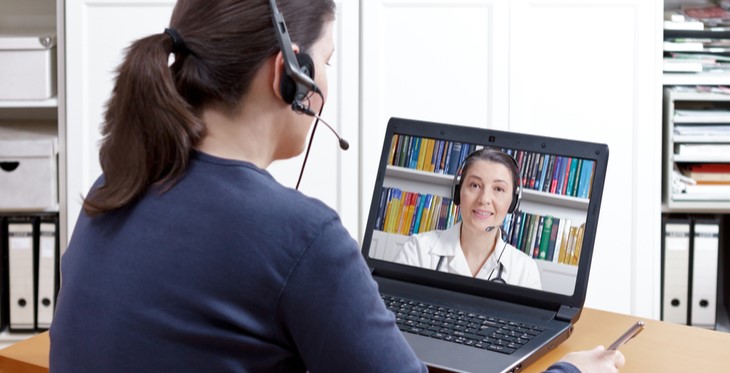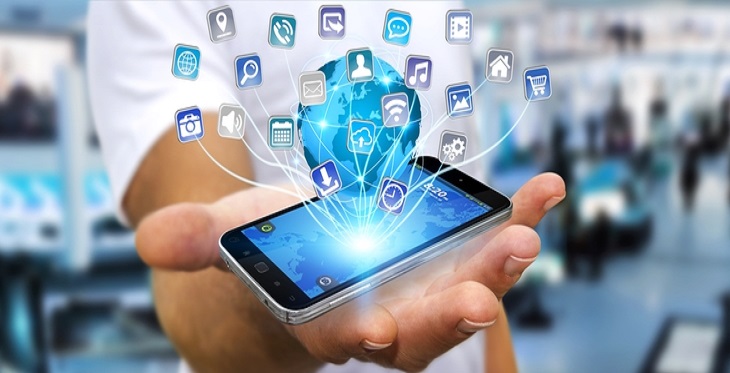Empowering clients to advocate for their own needs is a big part of what we clinicians do—whether in a more traditional therapeutic setting or in emerging telehealth contexts. And every client is different. For clients in recovery from substance abuse, for example, the individualized treatment needs are diverse. That makes it even more imperative that clients be empowered to advocate for their health.
But how do you achieve this in a telehealth setting? Below are some insights from my work with clients with substance use disorders (SUDs) and their families.




